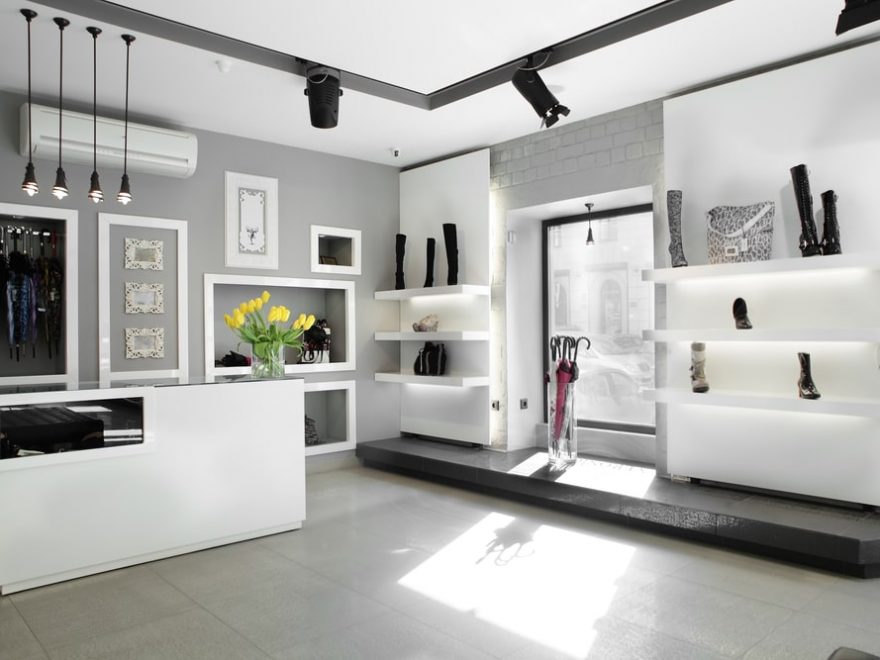Retail has actually been around for a mighty long time– as well as one point we know is that there are many different approaches when it involves retail layout and establishing your store layout. However, there are additionally some common design approaches that all retailers can use that result in more sales for your company. Organizing your retail store’s interior is a topic that we’ve been taking a look at lately in an effort to aid store merchants to be more effective as well as thrive in today’s digital period.
From telling your brand name’s tale and developing immersive shopping experiences, to creating head-turning window displays and signs basics, when it comes to retail, the evil one actually is in the details. Because of this, we want you to aid you obtain the fundamentals down pat. Here, we’ll check out a few of the essentials when it pertains to producing a creative retail interior design that engages more customers to your shop, obtain them searching for more products, and urge them to head towards the checkout. It’s important to keep this truth in mind: From the moment a person enters your store to the moment they determine to look into (or leave your shop without buying), clever design decisions make a considerable distinction in relation to whether you make a sale or otherwise.
Store Layouts
Considering that moving product is the game name the store layout needs to assist to attain that goal by assisting customers with the shop, subjecting them to the product, all while managing essential simulations that urges acquiring habits. how individuals experience your shop is a big part of your brand name that needs to be as thoroughly crafted as various other facets of your brand name.
Grid
We’re all aware of the grid. Nearly every convenience store, pharmacy, and grocery store utilize this familiar layout. Reams of merchandise are presented on a predictable pattern of long aisles where clients weave backward and forwards, searching as they go. The grid optimizes the product screen as well as reduces the white space. This layout is all about product, product, product. The grid includes lengthy aisles with impulse purchase products near the front and staple products at the back. The ends of aisles are prime reality as well as several stores make use of extra features such as wing shelves to additional emphasize products. If you ever questioned why milk is at the far end of a food store, it’s since this design forces clients to walk past a selection of impulse purchase things both en route to and from the essential product that they require.
Loop
The loop or racetrack design takes the grid’s relatively foreseeable website traffic streams an action further and creates a deliberately closed loop that leads customers from the front of the store, past all goods, and then to the check-out. Consumers are subjected to the most merchandise in this manner, yet the course they take is managed. A standard loop format is revealed below– the white path stands for the main corridor that website traffic would certainly stream via, although the central area would certainly be inhabited with a micro version of any layout, which matches the product offerings as well as fits the space.
Herringbone
If you assume the grid might be best for your product, but you have a long, narrow retail space, the herringbone layout is one to take into consideration. The herringbone layout has many of the very same pros and cons as the grid, with a few notable exceptions. Tuck shops, small hardware shops, and also numerous tiny community collections use the herringbone to load a tiny space packed with wares. The service road can be used for promotions, yet by adding some welcome visual breaks within the promo locations, you can add some much-needed breathing room to an otherwise overwhelming area. Some herringbone publication shops that desire individuals to remain established a comfy chair at the end where individuals can leaf through their choices before they make a decision.
Free-flow
The free-flow layout approach is almost a rejection of the others. With free-flow, there is no purposeful effort to force customers through foreseeable traffic patterns; straying is urged. Consequently, with free-flow, there are far fewer regulations, however, that does not imply there isn’t any kind of– do not forget about the commonalities that are based upon all-natural human behavior. An example free-flow store design below shows that outside signage, window display screen, and most likely start path and power wall surface still remain the very same. Yet beyond that, it’s a really innovative layout to work within.
